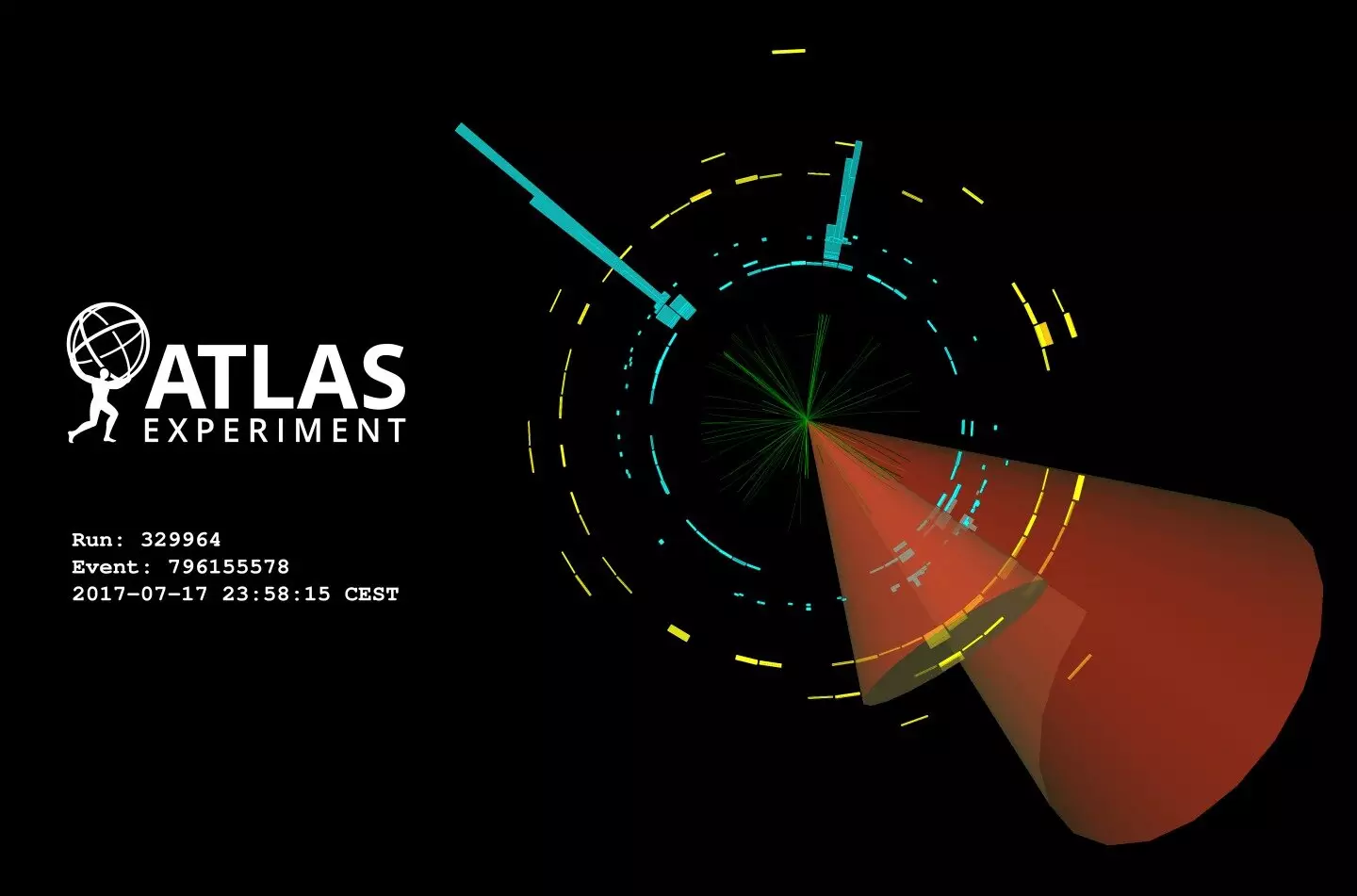The search for di-Higgs production presents a significant challenge for physicists compared to the already difficult task of finding a single Higgs boson. Di-Higgs production, where two Higgs bosons are found at the same place and time, is about 1,000 times rarer than the production of a single Higgs boson. During the Run 2 of the Large Hadron Collider (LHC), only a few thousand di-Higgs events are expected to have been produced in ATLAS, amidst the 40 million collisions happening every second. This rarity makes it a daunting task for physicists to identify and study di-Higgs production.
To make the search for di-Higgs production more manageable, physicists adopt a strategy of looking for it in multiple decay modes. This comprehensive approach increases the chances of detecting and analyzing di-Higgs production. Researchers at the ATLAS collaboration have recently released their most sensitive search for di-Higgs production and self-coupling, achieved by combining five di-Higgs studies of LHC Run 2 data. This new result covers over half of all possible di-Higgs events in ATLAS and has been published on the arXiv preprint server.
Each decay mode of di-Higgs production presents its own set of challenges and advantages for physicists. For instance, the decay mode into four bottom quarks is the most probable but is also prone to background contamination from Standard Model QCD processes. On the other hand, the decay to two bottom quarks and two tau leptons has less background contamination but poses difficulties due to undetected neutrinos. Another decay mode involving multiple leptons has complex signatures, making it challenging to reconstruct the decay accurately. The decay to two bottom quarks and two photons, while rare, offers a cleaner signature with smaller background contamination.
Research Findings
By combining the results from searches for each decay mode, researchers were able to exclude values more than 2.9 times the Standard Model prediction for the probability of two Higgs bosons being produced. This result was achieved with a 95% confidence level and provided constraints on the strength of the Higgs boson self-coupling. The researchers found that the Higgs self-coupling constant and the interaction strength of two Higgs bosons and two vector bosons align with Standard Model predictions, marking a significant milestone in the study of di-Higgs production.
As researchers move forward, they are now focusing on data from the ongoing LHC Run 3 and the upcoming High-Luminosity LHC operation. With the new data, physicists hope to observe the elusive Higgs-boson-pair production, further advancing our understanding of the fundamental aspects of the Standard Model and the nature of our universe.


Leave a Reply